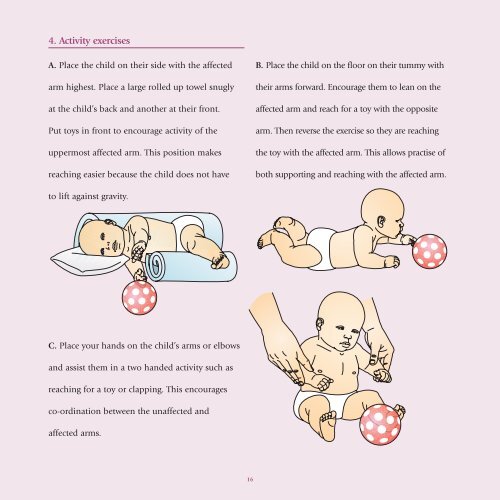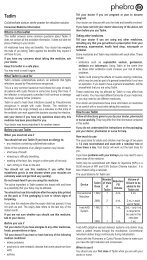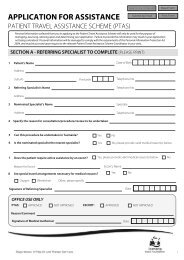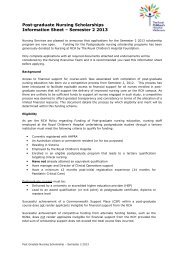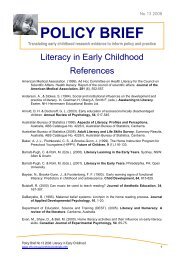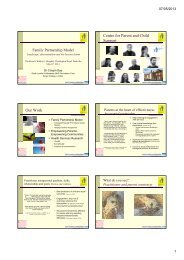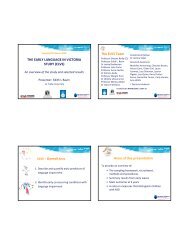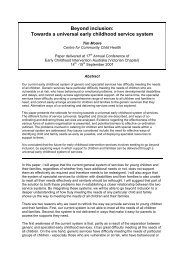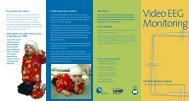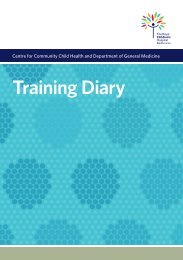Understanding Brachial Plexus Palsy - The Royal Children's Hospital
Understanding Brachial Plexus Palsy - The Royal Children's Hospital
Understanding Brachial Plexus Palsy - The Royal Children's Hospital
Create successful ePaper yourself
Turn your PDF publications into a flip-book with our unique Google optimized e-Paper software.
4. Activity exercises<br />
A. Place the child on their side with the affected<br />
arm highest. Place a large rolled up towel snugly<br />
at the child’s back and another at their front.<br />
Put toys in front to encourage activity of the<br />
uppermost affected arm. This position makes<br />
reaching easier because the child does not have<br />
B. Place the child on the floor on their tummy with<br />
their arms forward. Encourage them to lean on the<br />
affected arm and reach for a toy with the opposite<br />
arm. <strong>The</strong>n reverse the exercise so they are reaching<br />
the toy with the affected arm. This allows practise of<br />
both supporting and reaching with the affected arm.<br />
to lift against gravity.<br />
C. Place your hands on the child’s arms or elbows<br />
and assist them in a two handed activity such as<br />
reaching for a toy or clapping. This encourages<br />
co-ordination between the unaffected and<br />
affected arms.<br />
16


